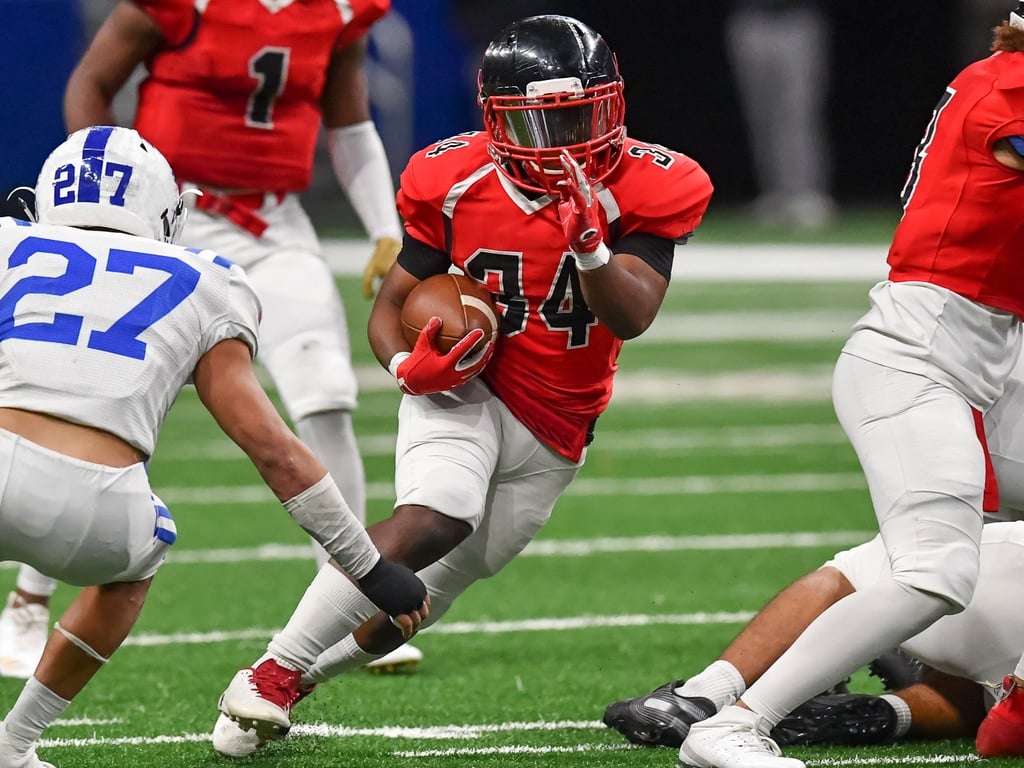CFC and the COVID Catalyst
Imagine two NFL teams trying to play tackle football while maintaining six feet of social distance. No, seriously—try to imagine it. What do you see? You see ball carriers and receivers running past hapless defenders and a final score like 560 to 553. You see all kinds of offensive records being broken and a frustrated defense relegated to shouting “Boo!” as players run by them over and over.
When the COVID-19 pandemic broke out just a few months before the annual Combined Federal Campaign (CFC) workplace fundraising drive, we felt a bit like that defense at first. As the designated Outreach Coordinator for 11 of the CFC’s 36 geographic zones, our role is to plan and execute an effective marketing and outreach strategy to maximize the amount that federal employees raise for thousands of eligible non-profit organizations.
Suddenly, we weren’t just facing a new wrinkle in offensive strategy—the entire set of rules to the ballgame had changed. Because fundraising, as we like to say, is a “contact sport.” To conduct an effective workplace fundraising drive, you need the human element of face-to-face interaction, events where charities can interact with donors, and in-person expert instruction of campaign volunteers. Or so we’d always believed. Now we faced entirely empty workplaces as COVID-19 required near 100% telework. We couldn’t plan or execute in-person events. We couldn’t bring in live speakers or plan charity fairs. We couldn’t push for face-to-face contact.
Our answer was to revisit one of our company’s unique core values: Be Water. What? Yes, be like water. Water is fluid, dynamic, resilient, and powerful. Water takes the shape of its container—it “goes with the flow” as the saying goes. Water always finds its way downhill in its relentless drive to the sea.
Though the prospect of changing nearly every aspect of our fundraising strategy just weeks before the fall campaign was daunting, we immediately set to work. Campaign training, briefings, and outreach would all have to be virtual. As a near-100% workplace ourselves, we understood that virtual meeting “fatigue” would quickly set it for virtual employees, so we took steps to make our training shorter and more impactful. We designed video vignettes and digital marketing collateral that could be easily shared.
But what about campaign events? Bringing federal employees and charities together in a live setting had been one of our bread-and-butter tactics to create impact and emotional resonance with would-be donors. How could we do that but maintain employee attention? Our solution was two-fold. First, we would plan bi-weekly charity “Cause Talks”—Ted Talk-style virtual events in which a small number of charities whose missions aligned with the CFC’s Cause of the Week were invited to share short virtual presentations with a brief moderated Q&A. For those who couldn’t join these events live, we recorded them and placed them on our local campaign websites and social media pages.
Second, we planned a speaker series called “15 Minutes of Inspiration” in which we invited dynamic speakers from the federal community to share their inspirational stories with a virtual audience for just 15 minutes. These talks were a huge hit—in fact, we maximized our virtual attendance and had to add simultaneous YouTube live steams in order to accommodate all the viewers. And like our Cause Talks, we recorded these speeches and made them available for download or streaming, which boosted our overall audience.
To help contact retired federal employees, we implemented a first-of-its-kind direct email outreach campaign. By partnering with a data company to obtain email addresses of retired federal employees who fit the characteristics of most retired CFC contributors, we launched an outreach campaign with professional copy and creative and achieved an astonishing 6% open rate and over 26% unique open to click-through rate for these emails. As a result, Kaptivate zones far outpaced past performance and national benchmarks in the number and overall amount raised among federal retirees.
As Heraclitus said, “The only constant in life is change.” When change comes (and it comes without warning in the world we live in today), organizations must be prepared to pivot in order to thrive. How did the pandemic change your organization’s plans? What did you do to adapt? How successful was it?
If you want to learn more about how we help clients pivot and thrive, visit our homepage.
